Windows doesn't respond or stops working on Surface
Applies To
If Windows starts up slowly, runs slowly, or stops responding (freezes) on your Surface, here's info to help you get it working again.
If Windows is frozen
Force a shut down and restart
Press and hold down the power button until your Surface shuts down and restarts and you see the Windows logo screen again (about 20 seconds), then release the power button.

See Force a shut down and restart your Surface for more info.
More solutions
If Windows stops responding more than once or the problem appears to be related to a particular app, here are a few solutions to try:
If Windows stops responding more than once and the problem doesn’t appear to be related to a particular app, here are a few solutions to try.
Get the latest updates
You can quickly check the health of your Surface drivers and firmware using the Surface app.
-
In the Surface app, expand Help & support to check the update status.
-
If there are updates available, select the Check for updates button to open Windows Update and install the available updates.
Note: If you don't have the Surface app installed, you can download the Surface app from the Microsoft Store. When it has downloaded, select Start, search for Surface, then select the app from the list of results.
Scan Surface with Windows Security
For info about using Windows Security on your Surface, see Microsoft security help & learning
For info about how to run a scan in Windows Security, see Stay Protected With the Windows Security App.
Disable unnecessary startup applications
When you turn on your Surface, some programs start automatically and run in the background. You can disable these programs at startup to improve Windows startup time and overall system performance.
To see how, go to Configure Startup Applications in Windows.
Free up drive space in Windows
You can reduce the number of unnecessary files on your drive, which can help your Surface run faster. You can delete temporary and system files, empty the Recycle bin, and remove other items you might no longer need.
For more info, see Free up drive space in Windows.
Caution: By default, Windows pre-selects file types that generally are not necessary for you to keep. However, before proceeding, make sure you don’t need the files that are selected. Microsoft isn’t responsible for the loss of personal data.
Optimize (defragment) your hard drive
For the most part, Windows handles the optimization of your data drives automatically. However, if you are concerned about their performance, you can manually check. To see how, visit Defragment / optimize your data drives in Windows.
Identify hardware issues
To help identify specific hardware-related problems on your Surface, try running the following diagnostic tools that are built into Windows.
-
Windows Memory Diagnostic tool: Run this tool to determine whether your Surface memory is working properly.
-
Select the search box in the taskbar, enter memory, and in the search results, select Windows Memory Diagnostic.
-
Select Restart now and check for problems (recommended).
-
When your Surface restarts, the diagnostic tool will run and display the test status on the screen. Although the test may appear inactive, it’s still running. Windows will restart automatically after the test is complete.
-
-
Error Checking tool: Run this tool to scan for errors on your hard drive.
-
Open File Explorer in the taskbar and select This PC.
-
Press and hold (or right-click) Windows (C:) and select Properties.
-
Select the Tools tab, and under Error checking, select Check and follow the on-screen instructions.
-
Restore or reset your Surface
If you're still having problems, try restoring or resetting your Surface. To find out how, see Restore or reset Surface for Windows.
Need more help?
There's one last step you can take. If these solutions didn't resolve the problem, service and support options may be available to assist you.
Note: If your Surface is a business device (owned by an organization), see Surface service options for Business and Education.
Send to Microsoft To prepare your device for shipping to Microsoft, you can check your device warranty, create a service order, and print a shipping label.
Find in-person support In some countries, Microsoft offers in-person service centers. Options may include professional hardware inspection, troubleshooting, and system recovery.
Self-repair If you're technically experienced and have the right tools, Microsoft has a range of replaceable components and service guides that enable you to perform the repairs.
To learn more, go to How to get service or repair for Surface.
If Windows stops responding when you’re using a certain app, try these solutions:
Get the latest updates
You can quickly check the health of your Surface drivers and firmware using the Surface app.
-
In the Surface app, expand Help & support to check the update status.
-
If there are updates available, select the Check for updates button to open Windows Update and install the available updates.
Note: If you don't have the Surface app installed, you can download the Surface app from the Microsoft Store. When it has downloaded, select Start, search for Surface, then select the app from the list of results.
Update or reinstall the app
Check for app updates and, if necessary, uninstall and reinstall the app.
For help with apps from the Microsoft Store, see Fix problems with apps from Microsoft Store
Contact the app's publisher
To contact the publisher of your app:
-
Select Start, and select Microsoft Store.
-
Search or browse for the app and select it.
-
Scroll to the Additional information section of the app's description page, and under Learn more, select the support link for the app. The link will open an email message for you to contact support or will take you to a support website.














